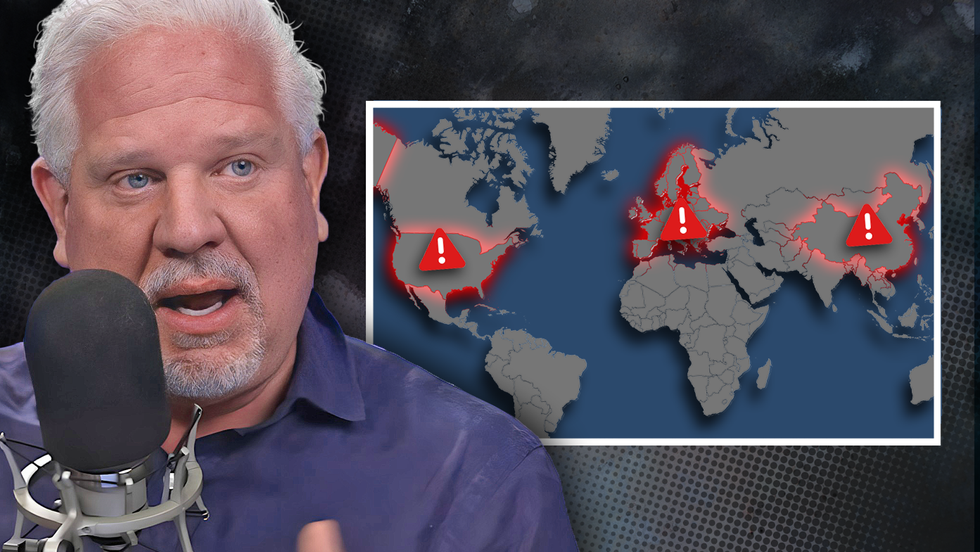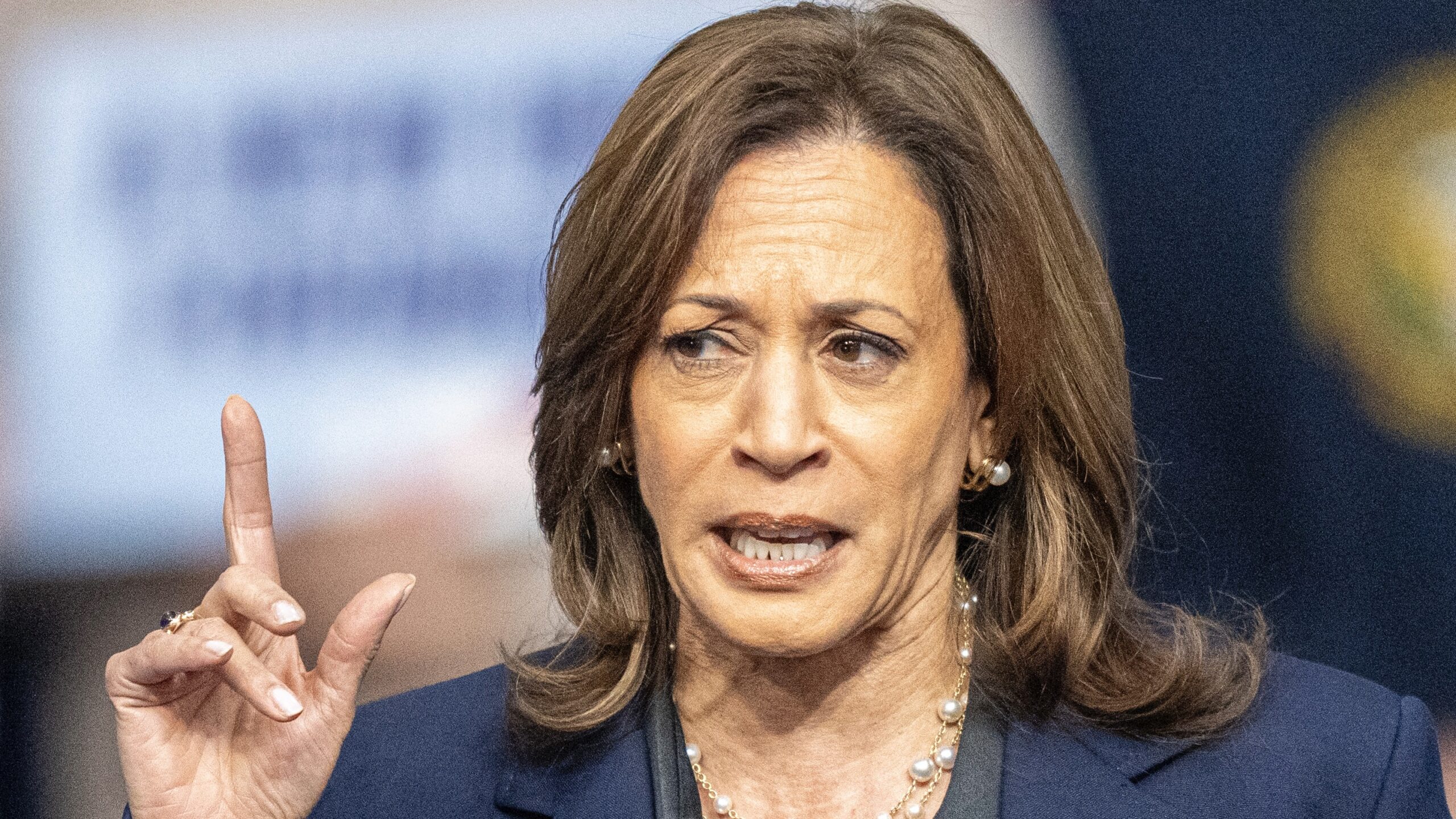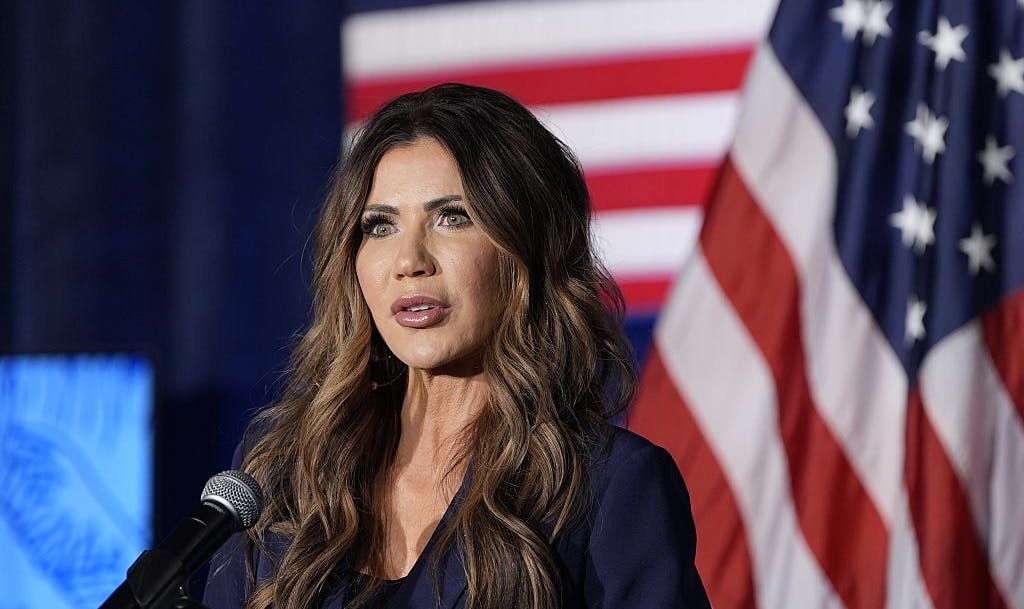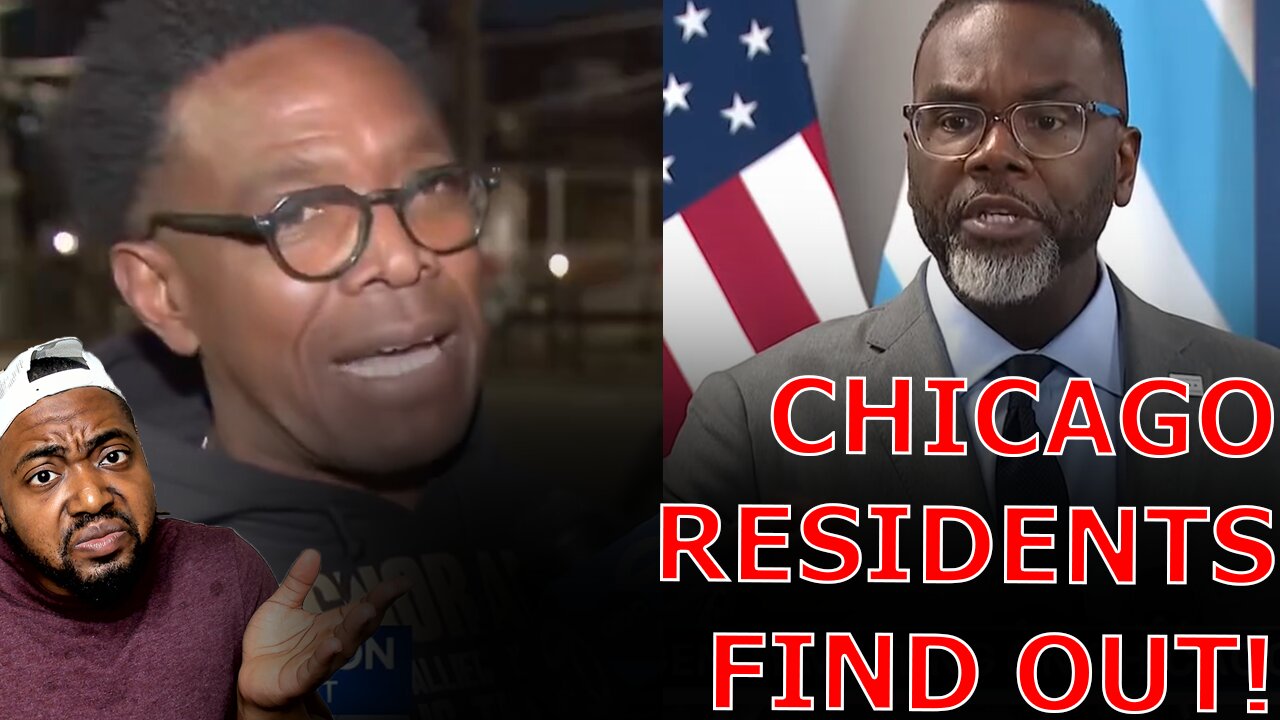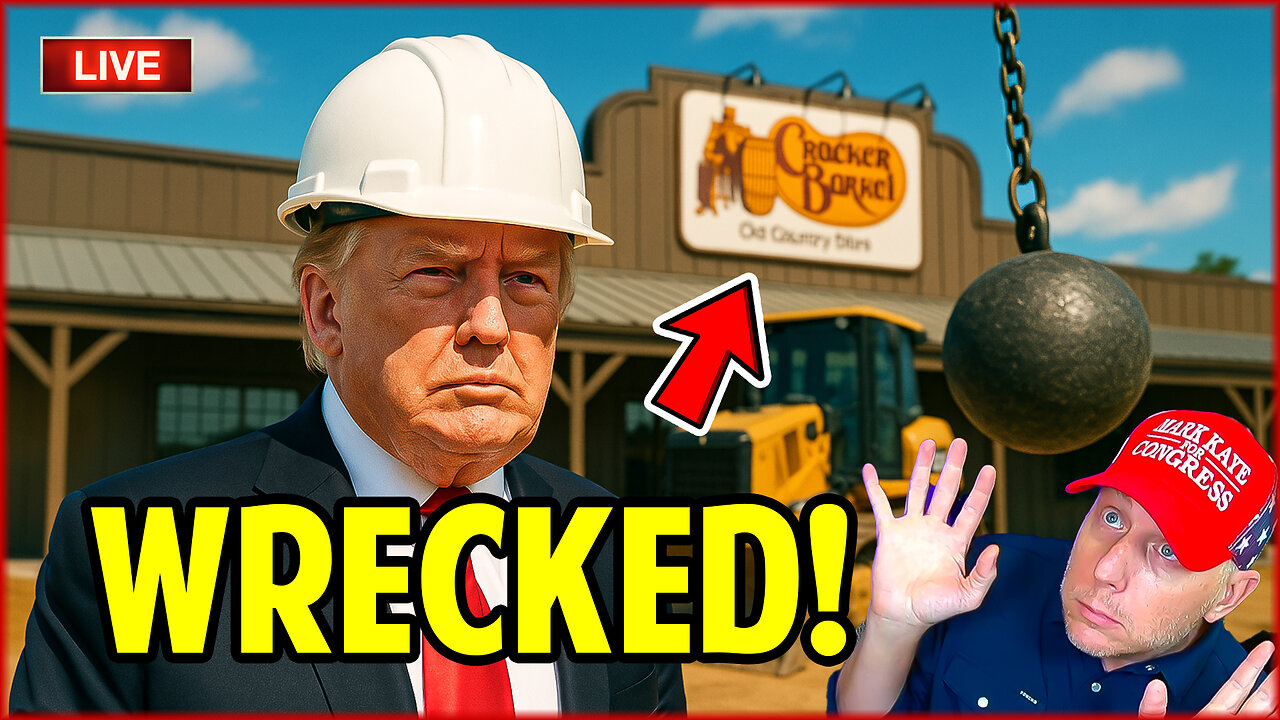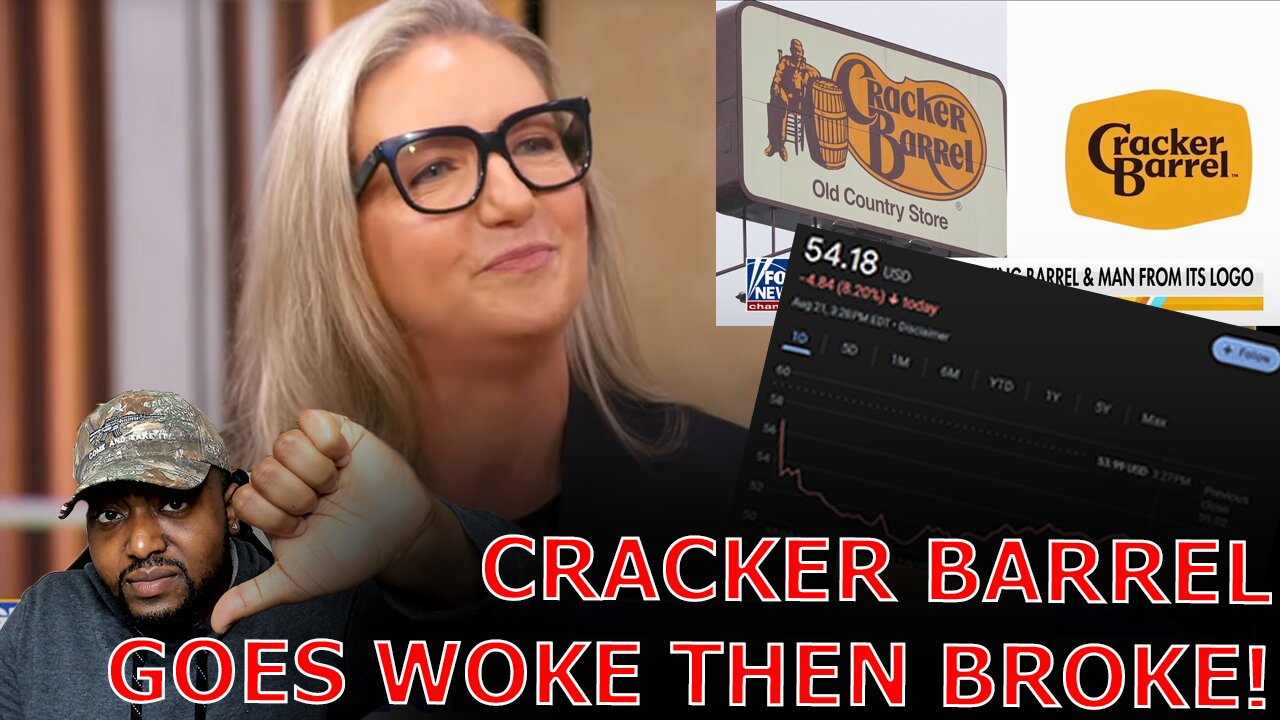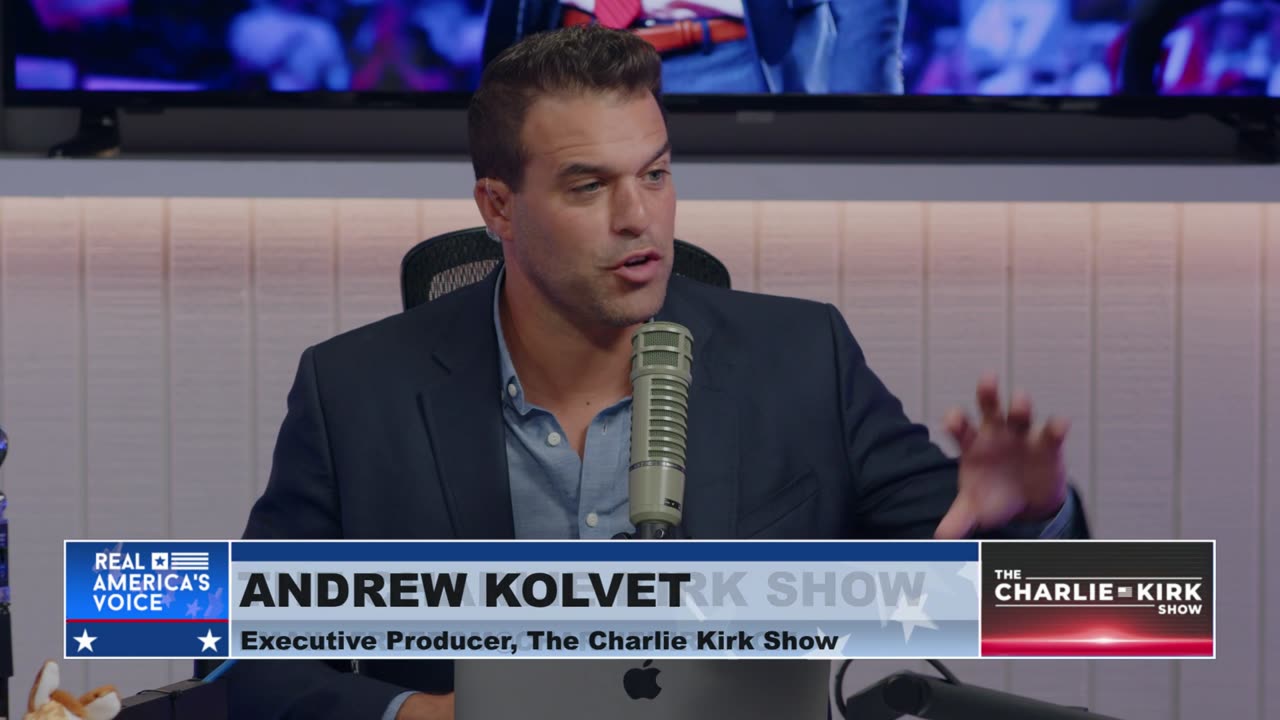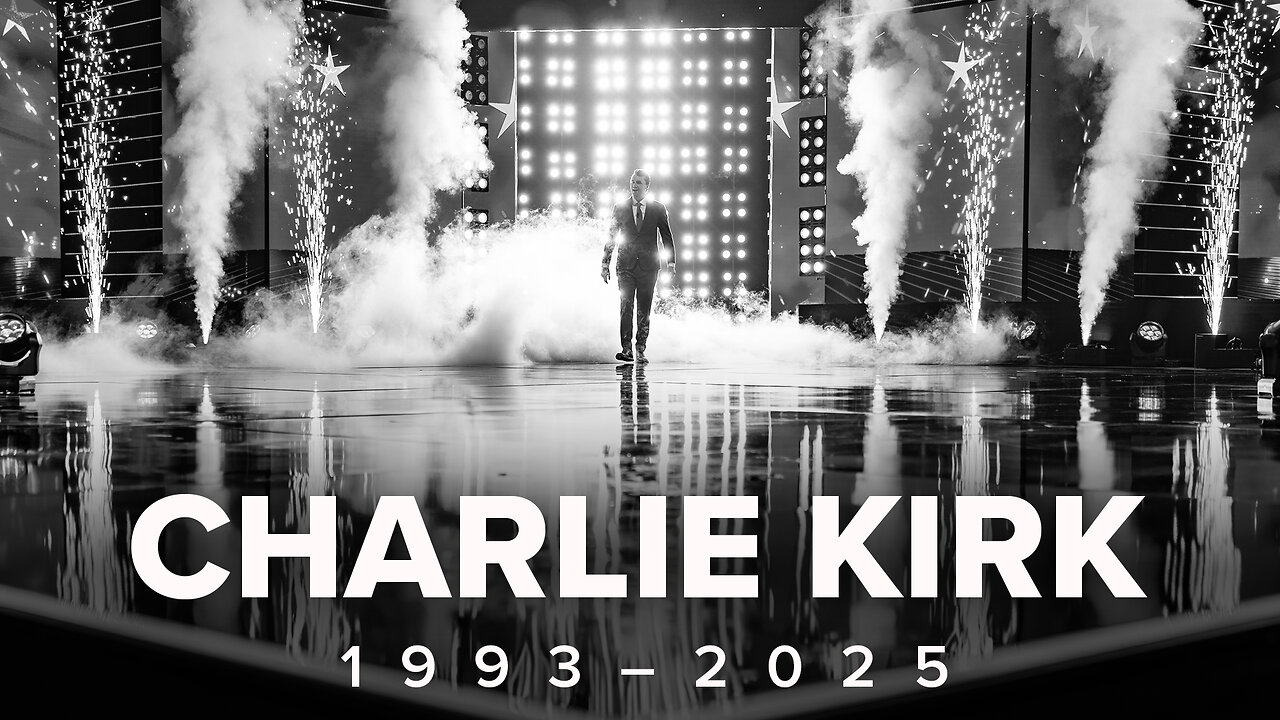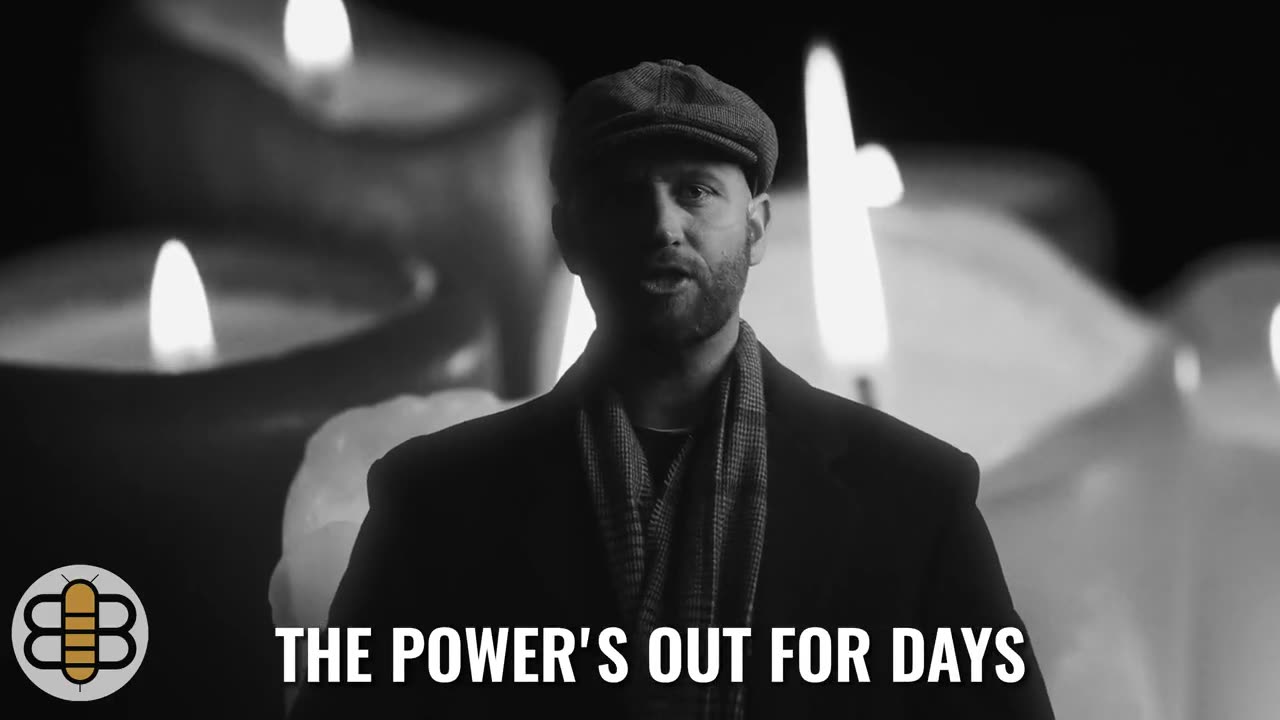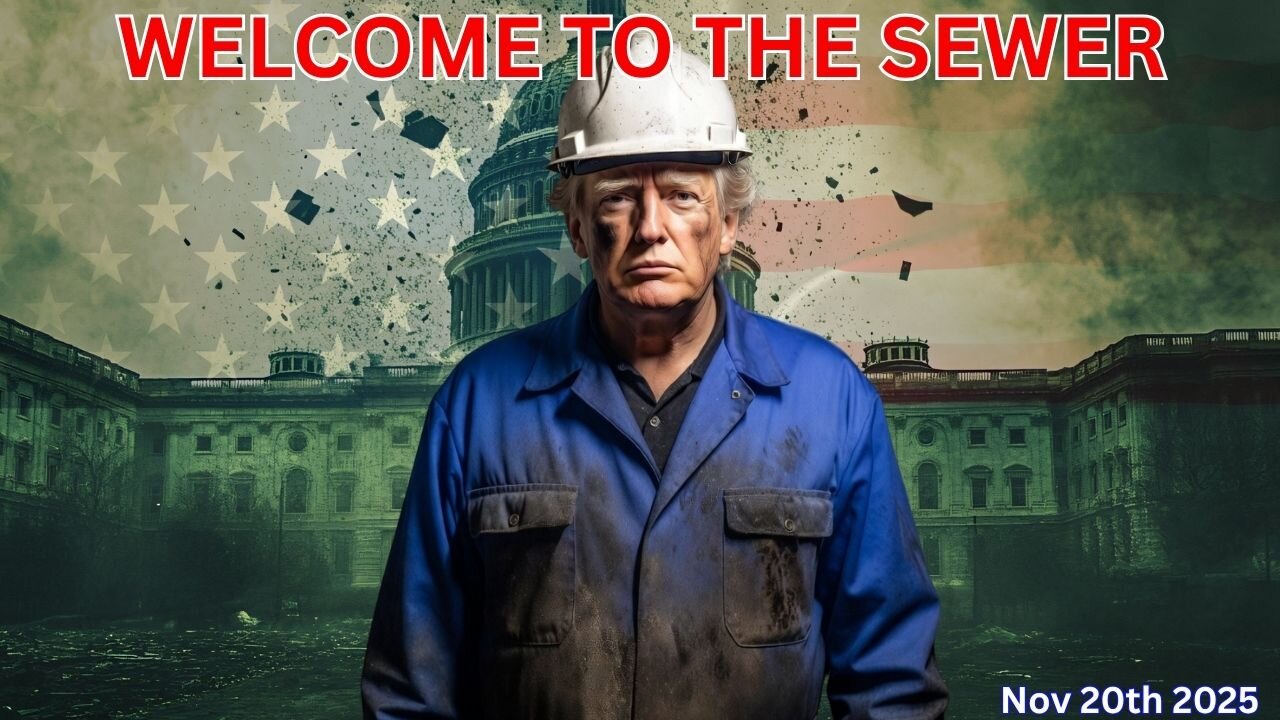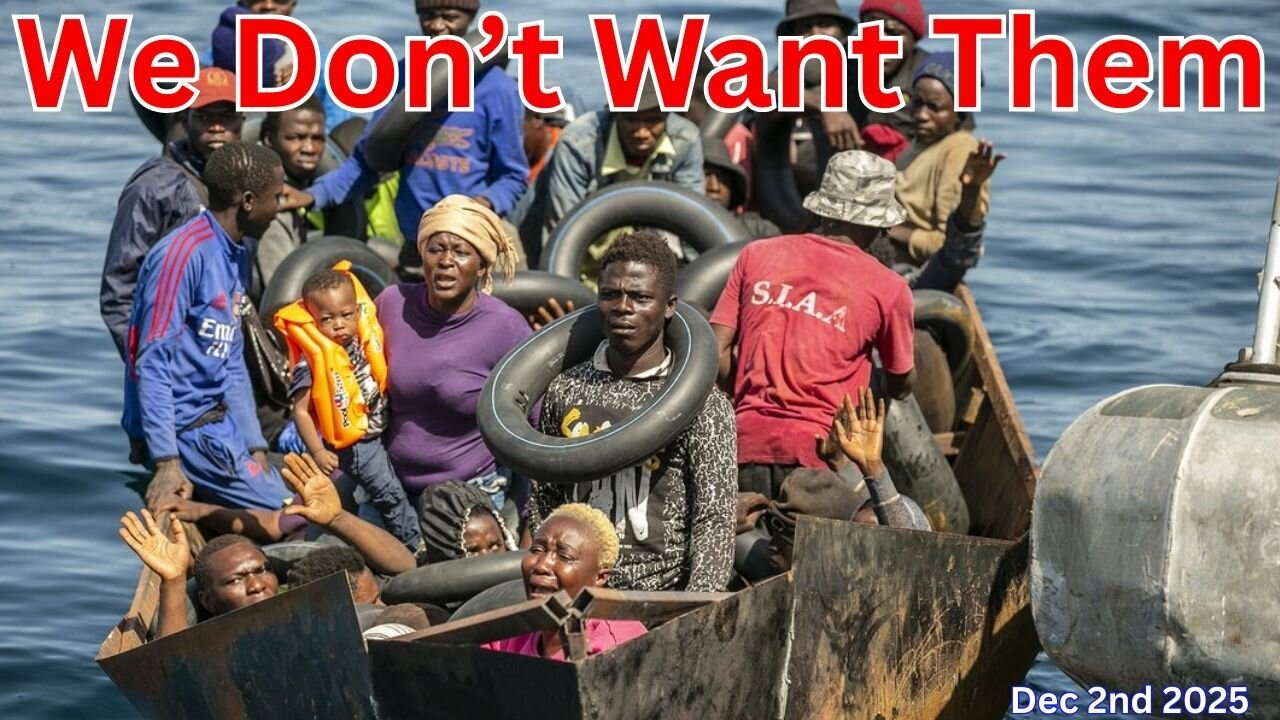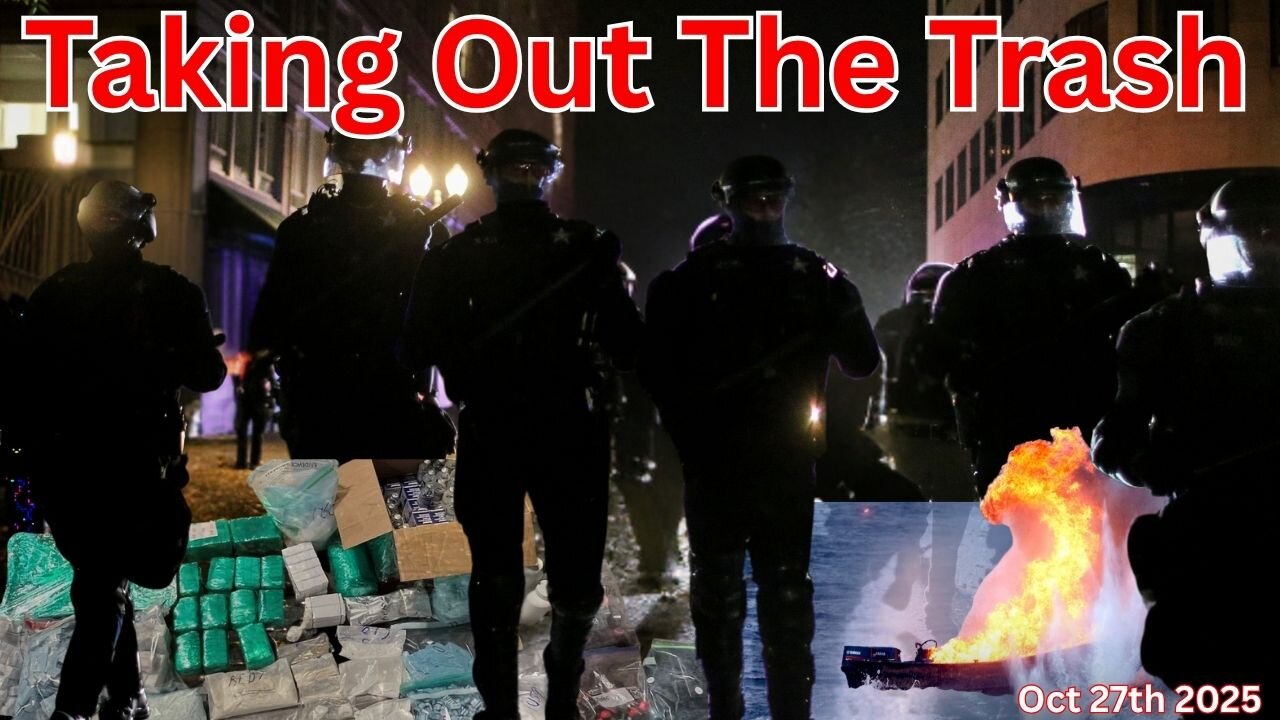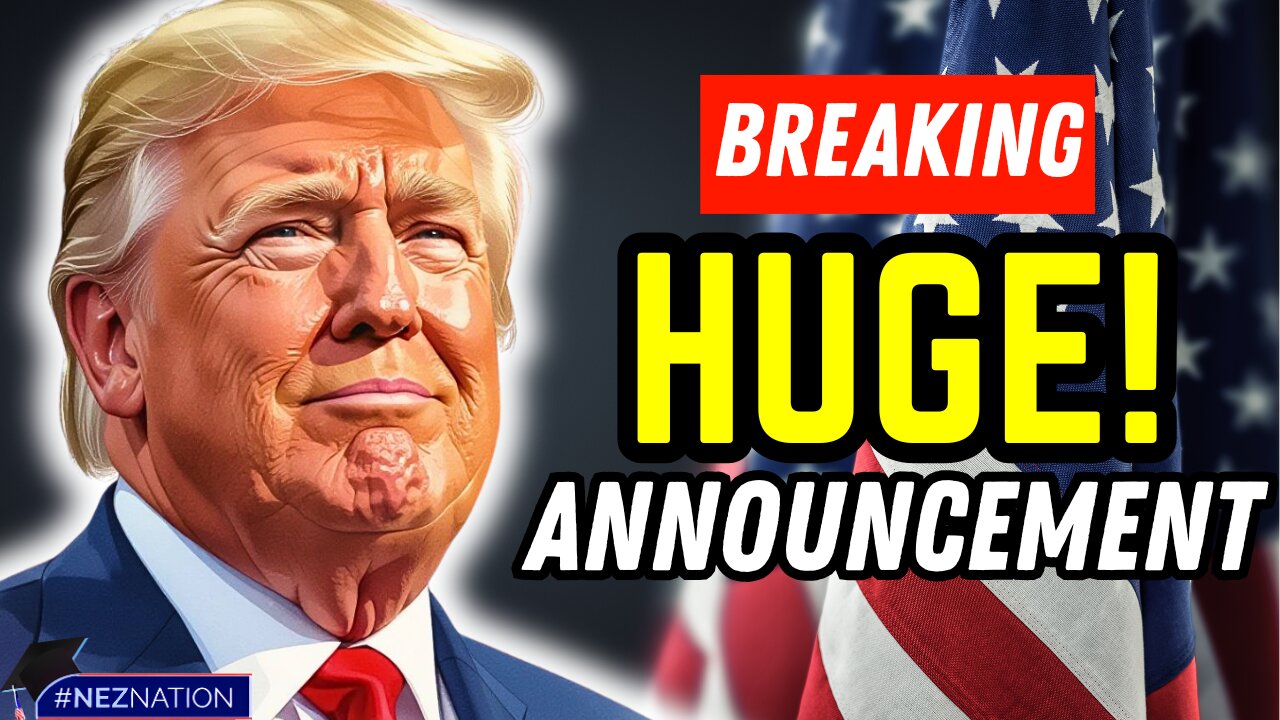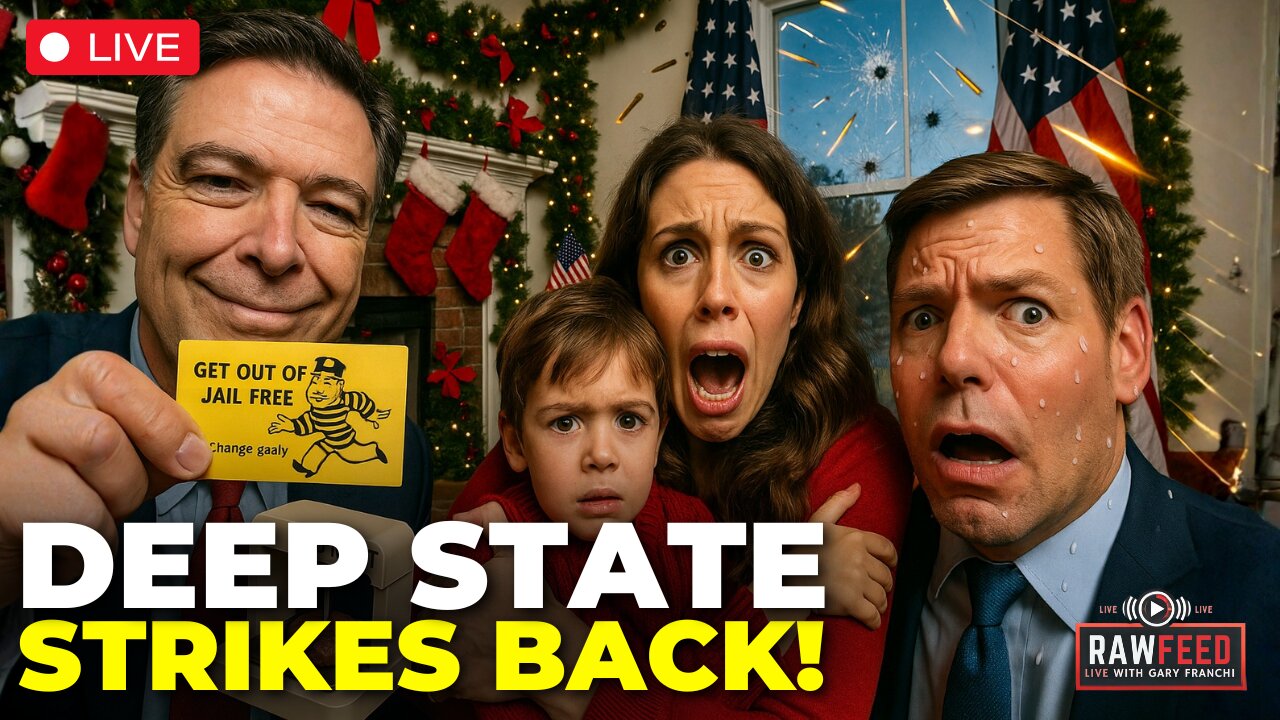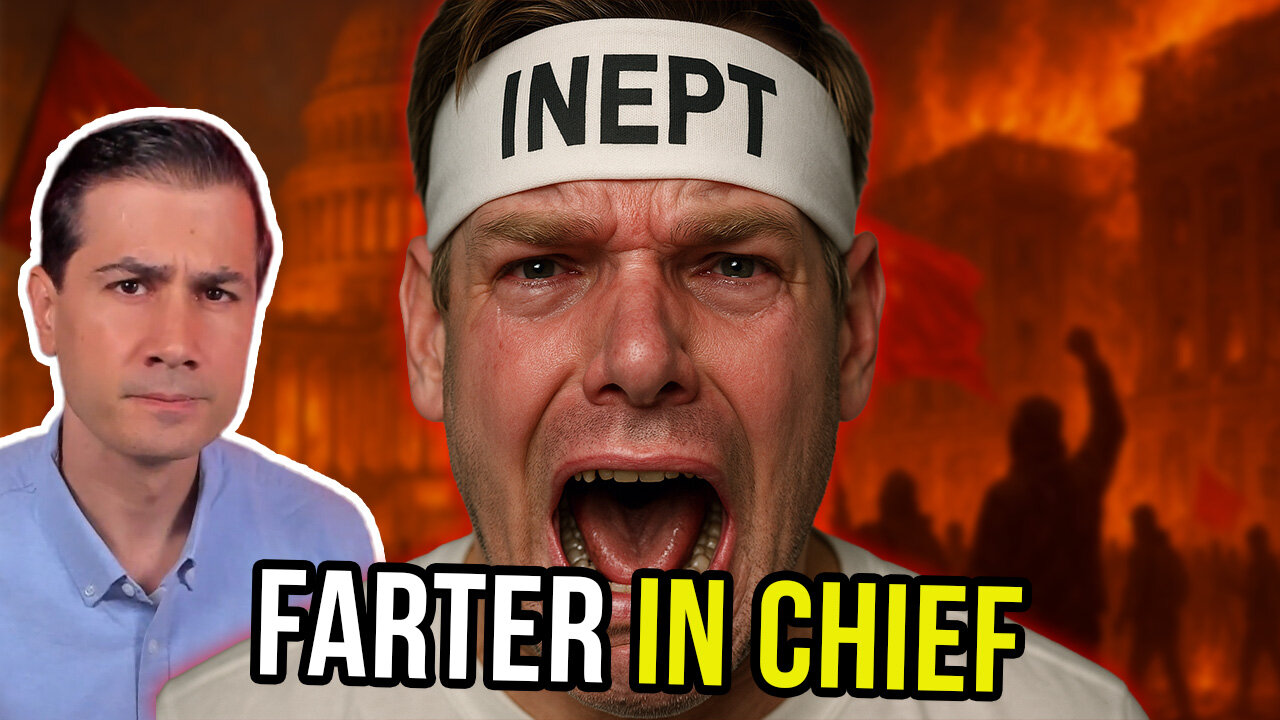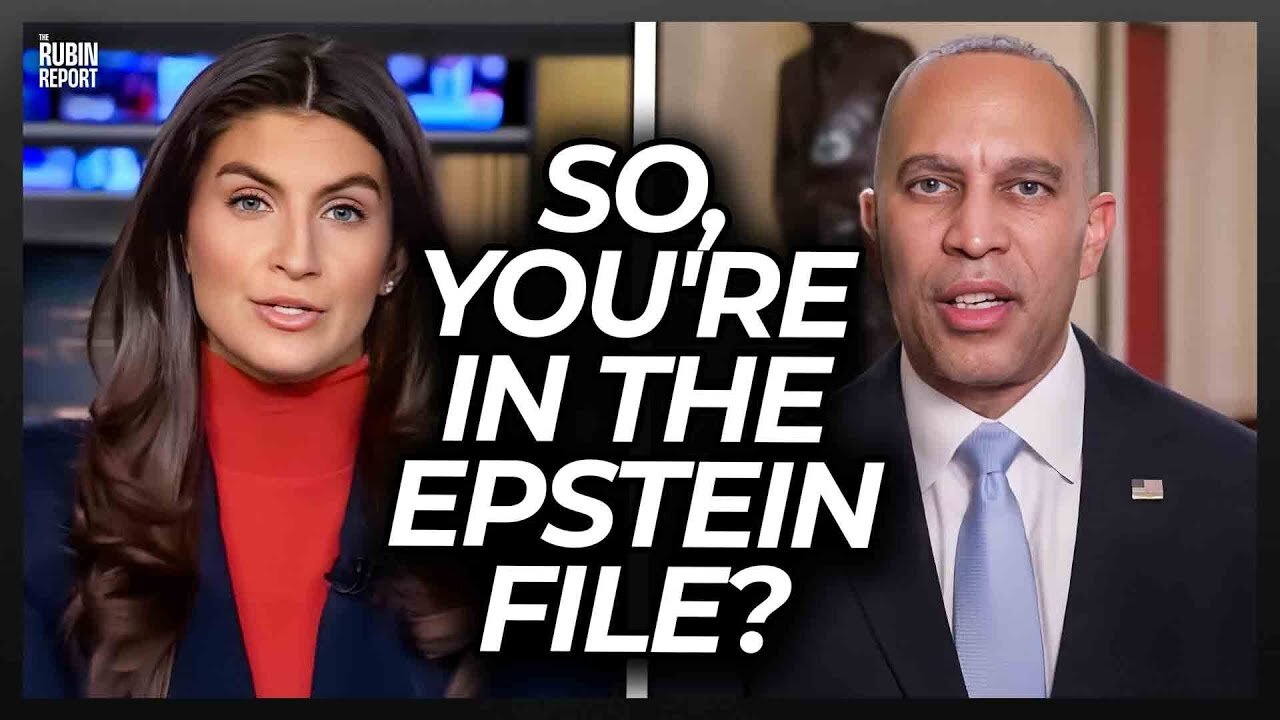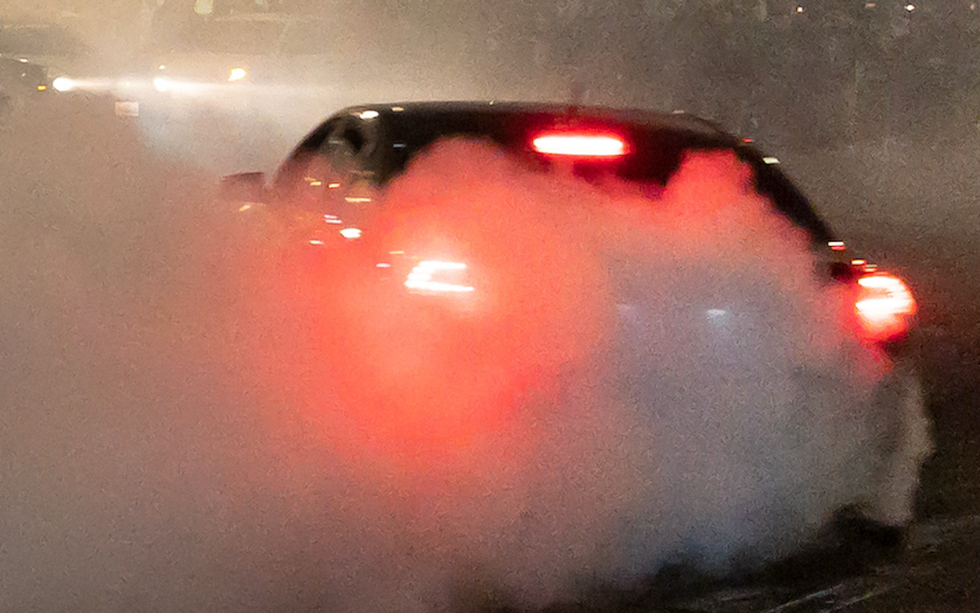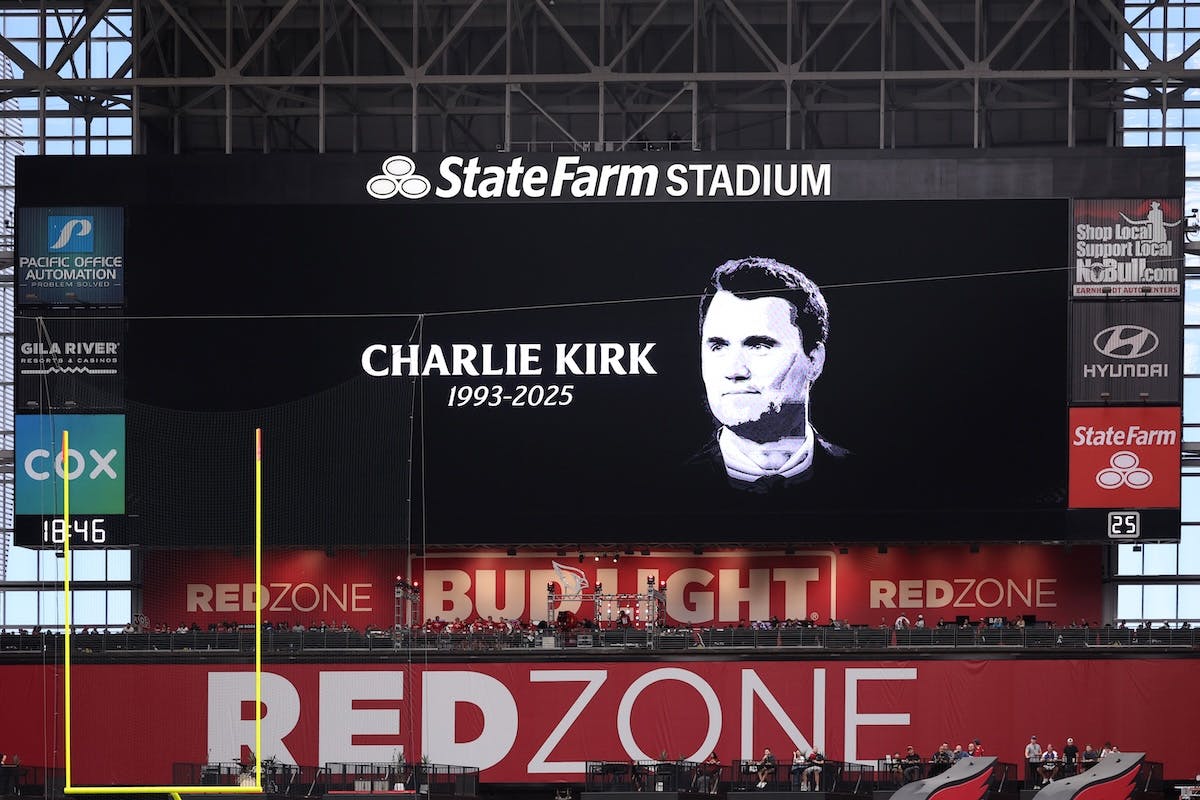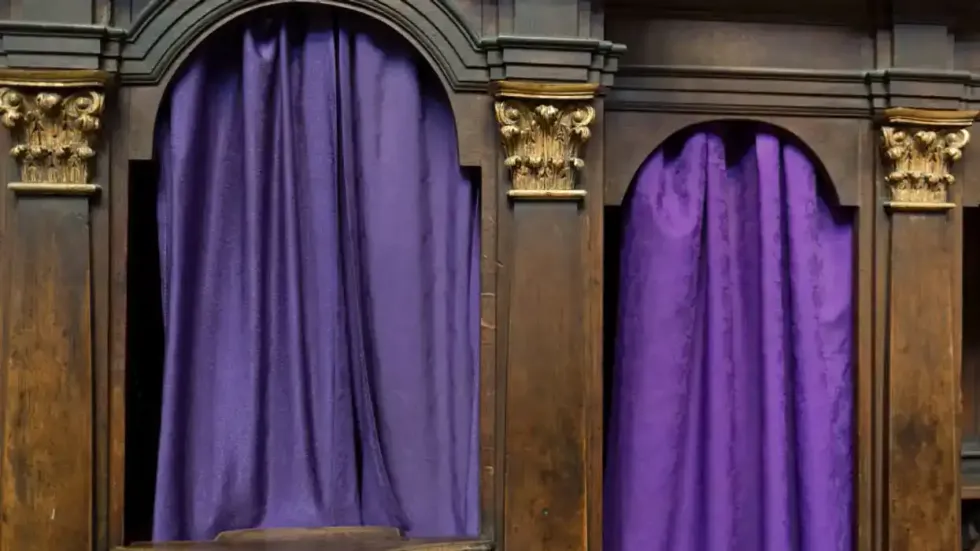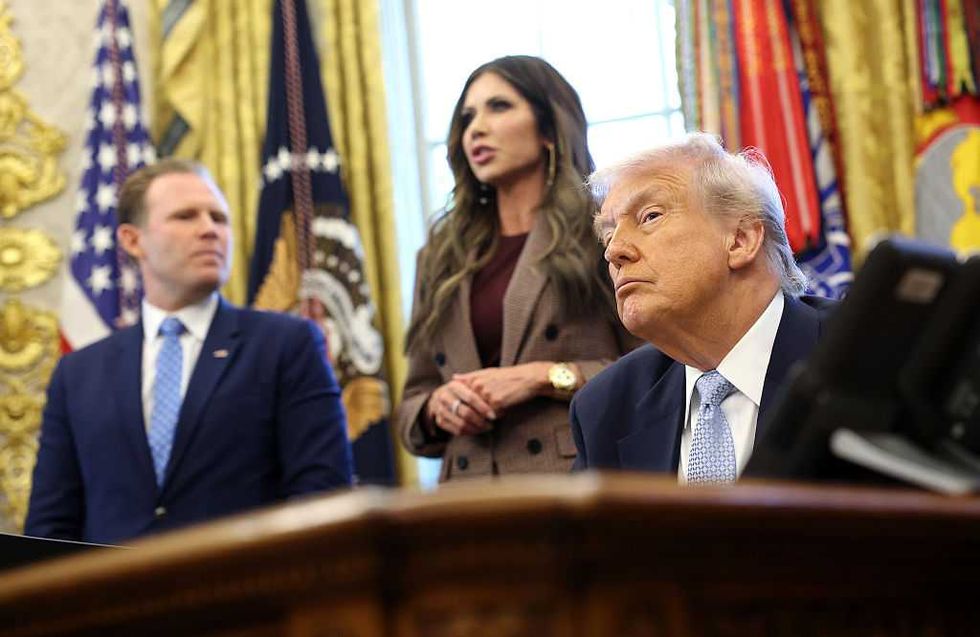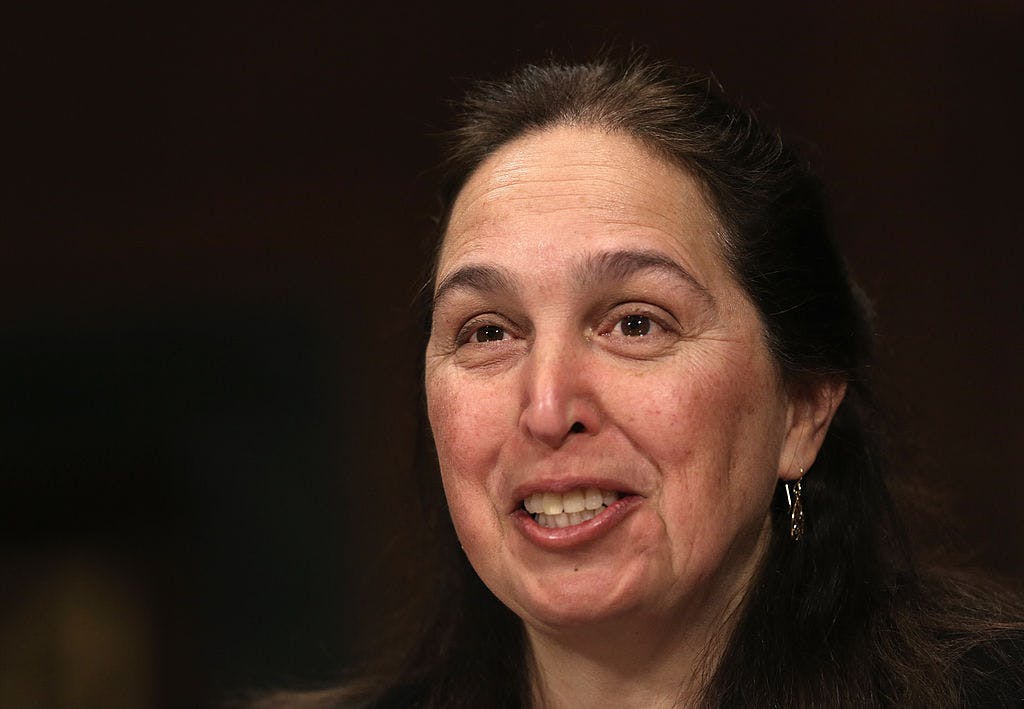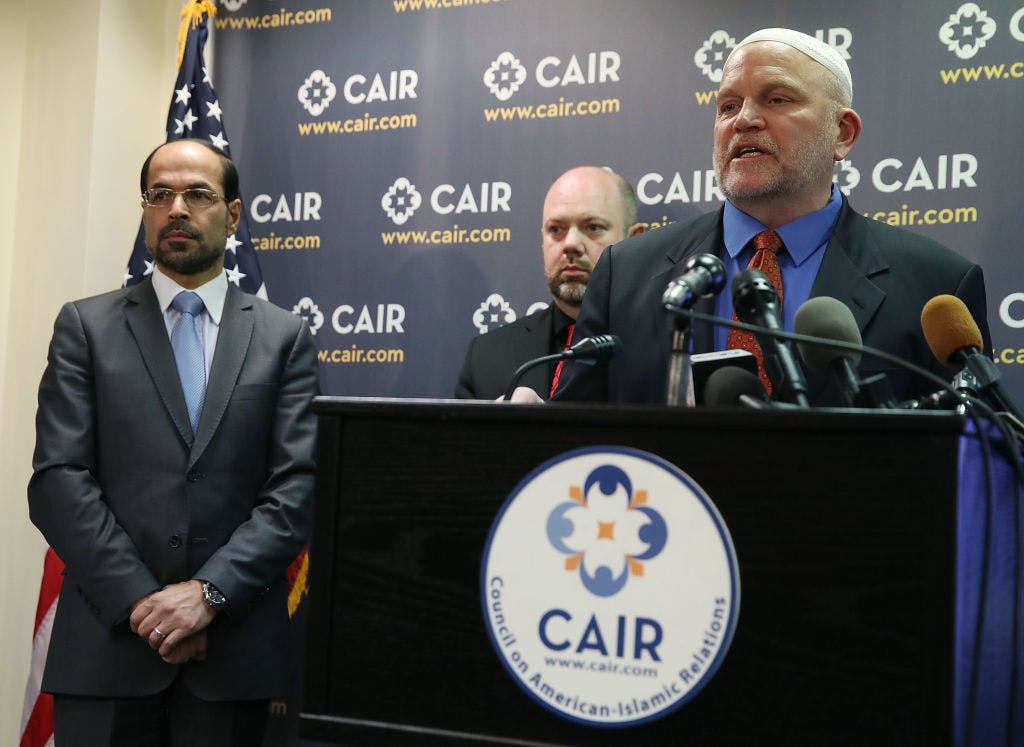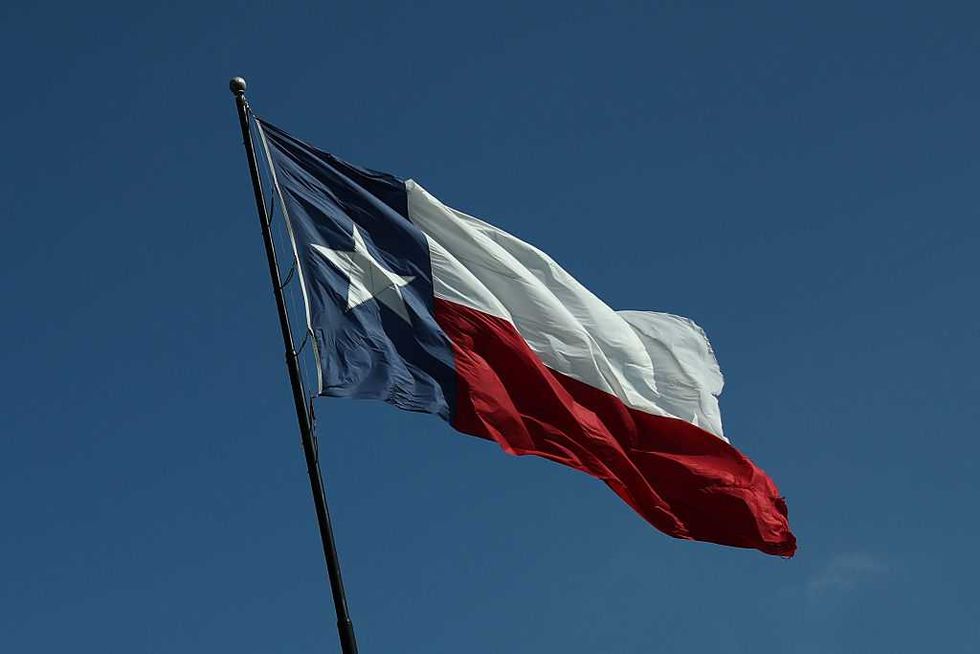Commuter beware: 68 bridges across US at risk of collapse!
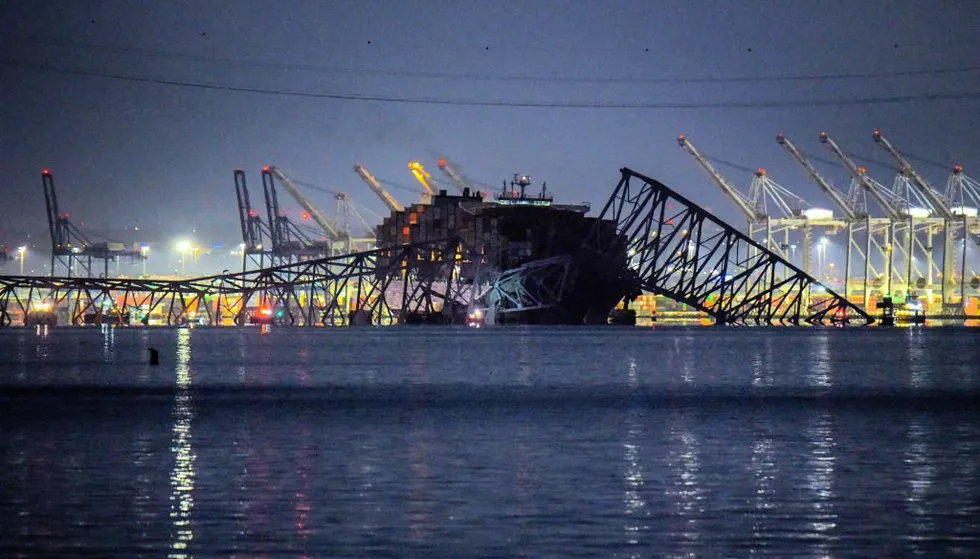
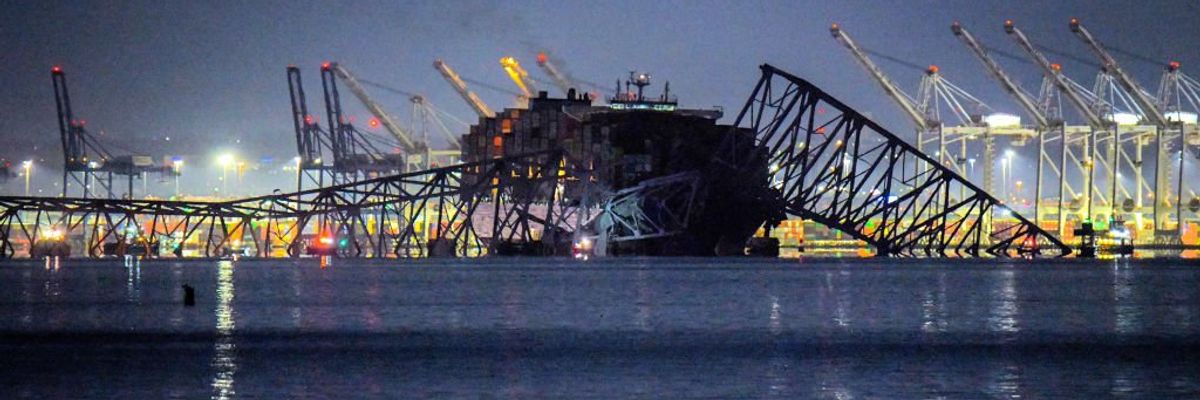
March 26, 2024. It's a pitch black, wintry night in Baltimore. Frigid winds batter the maintenance workers patching potholes on the Francis Scott Key Bridge, a 1.6-mile lifeline high above the icy Patapsco River.
Then: disaster.
Since the Panama Canal expansion in 2016, vessels like the Dali haul up to 24,000 TEUs — making them massive floating cities older bridges weren’t built to endure.
The Dali, a 984-foot ship out of Singapore loaded with 4,700 containers, loses power leaving the Port of Baltimore.
No propulsion, no steering — just a 95,000-ton steel giant drifting. Minutes after a desperate mayday call at 1:27 a.m., it crashes into a pier at 6.5 knots.
The bridge collapses instantly. Built in 1977, it simply wasn’t designed to withstand impact from a ship that size.
Eight workers fall into the icy river; only two survive. Fifty thousand tons of debris now block Baltimore's port, eventually causing the regional economy a $1 billion loss.
 Jim Watson/AFP via Getty Images
Jim Watson/AFP via Getty Images
One year later, reconstruction of the bridge is still underway and not expected to be completed until 2028 — at a price of $2 billion.
Is the Golden Gate next?
Now imagine the same thing happening to any one of dozens of other bridges across the country. According to a recent investigation by the National Transportation Safety Board, the danger is all too real.
The NTSB report calls for 68 bridges across 19 states to undergo urgent “vulnerability assessments” to determine if they can withstand a ship strike.
These bridges — including California’s Golden Gate Bridge, New York’s Brooklyn Bridge, and Maryland’s Chesapeake Bay Bridge — have two things in common: They all span major shipping lanes and were all built before 1991, predating the modern safety standards meant to address growing ship sizes.
The NTSB has given the bridge owners — an assortment of 30 different state departments of transportation, port authorities, and other entities — 30 days to provide updated evaluations of these structures.
Big ships, big problems
A bridge’s vulnerability stems from its age, design, and exposure to ship traffic. The Key Bridge, completed in 1977, handled smaller vessels in the 1980s — like one that grazed it in 1980 with minimal damage.
Today’s ships, however, are far larger. In the 1970s, they carried 800 containers. Since the Panama Canal expansion in 2016, vessels like the Dali haul up to 24,000 TEUs — making them massive floating cities older bridges weren’t built to endure. The NTSB found the Maryland Transportation Authority never adjusted its risk calculations for these modern giants.
The American Association of State Highway and Transportation Officials has required updated assessments since 1991, following the NTSB's investigation of the 1980 collapse of Florida’s Sunshine Skyway, which killed 35. Maryland helped craft those rules but didn’t apply them to Key Bridge.
A vulnerability assessment uses a mathematical model, factoring in ship size, speed, traffic patterns, and bridge strength to produce a risk score. If it exceeds AASHTO’s limit, solutions like pier reinforcements or tugboat escorts can lower the danger.
New bridges have followed this federal mandate since 1994, but many older ones remain untested — until now.
Not urgent ... until it is
The NTSB doesn’t claim these 68 will fail tomorrow. The Golden Gate’s owners hired consultants in 2025, and New York’s Department of Transportation notes the East River rarely sees Dali-sized ships.
Still, the risk persists. Since 2021, over 300 ships lost propulsion in U.S. waters, often near bridges. The Key Bridge collapse serves as a stark warning, with six lives lost and massive economic and societal disruption that persists to this day.
Retrofitting bridges with pier reinforcements or tugboat escorts could cost millions per structure. The new Key Bridge carries a price tag of $1.7 to $1.9 billion, largely federally funded, with completion set for 2028. If several of the 68 bridges fail, losses could climb into the billions, disrupting ports like Long Beach or Miami and hammering national trade.
RELATED: Why Johnny can't build
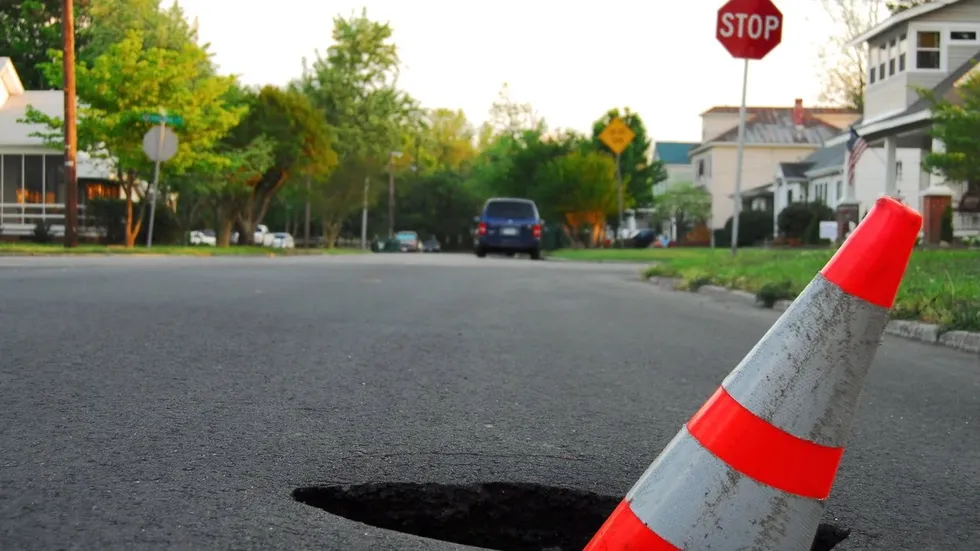 nojustice/Getty Images
nojustice/Getty Images
Maryland’s MDTA argues the Dali’s owners bear responsibility, citing negligence. It settled with the Justice Department for $102 million in October 2024 after evidence of poor maintenance — faulty transformers and disabled backups.
NTSB Chair Jennifer Homendy countered Maryland’s stance, noting that the state had decades to realize how vulnerable the bridge was to a ship strike.
"Not only did MDTA fail to conduct the vulnerability assessment on the Key Bridge, they did not provide, nor were they able to provide, NTSB the data needed to conduct the assessment," Homendy said. "We asked for that data, they didn't have it. We had to develop that data ourselves."
For commuters, crossing one of these 68 — like the Verrazzano-Narrows or Sunshine Skyway — means staying alert. Near-term changes might include stricter tugboat requirements or adjusted shipping lanes.
No more 'Green New Scam'
One promising sign is U.S. Department of Transportation Secretary Sean Duffy's recent announcement of nearly $4.9 billion in available funding from the Federal Highway Administration for major bridge projects (the Bridge Investment Program) and up to $500 million for repairing or replacing bridges in rural areas (the Competitive Highway Bridge Program).
According to Duffy, the removal of Biden-era environmental restrictions will make such spending far more effective than in the past:
The previous administration handcuffed critical infrastructure funding requirements to woke DEI and Green New Scam initiatives that diverted resources from the Department’s core mission. Under the Trump administration, America is building again.
Like all man-made structures, bridges testify both to our ingenuity — and to our all-too-human frailty. The NTSB's findings are a sobering reminder that we must never ignore the latter.
Originally Published at Daily Wire, Daily Signal, or The Blaze
What's Your Reaction?
 Like
0
Like
0
 Dislike
0
Dislike
0
 Love
0
Love
0
 Funny
0
Funny
0
 Angry
0
Angry
0
 Sad
0
Sad
0
 Wow
0
Wow
0
